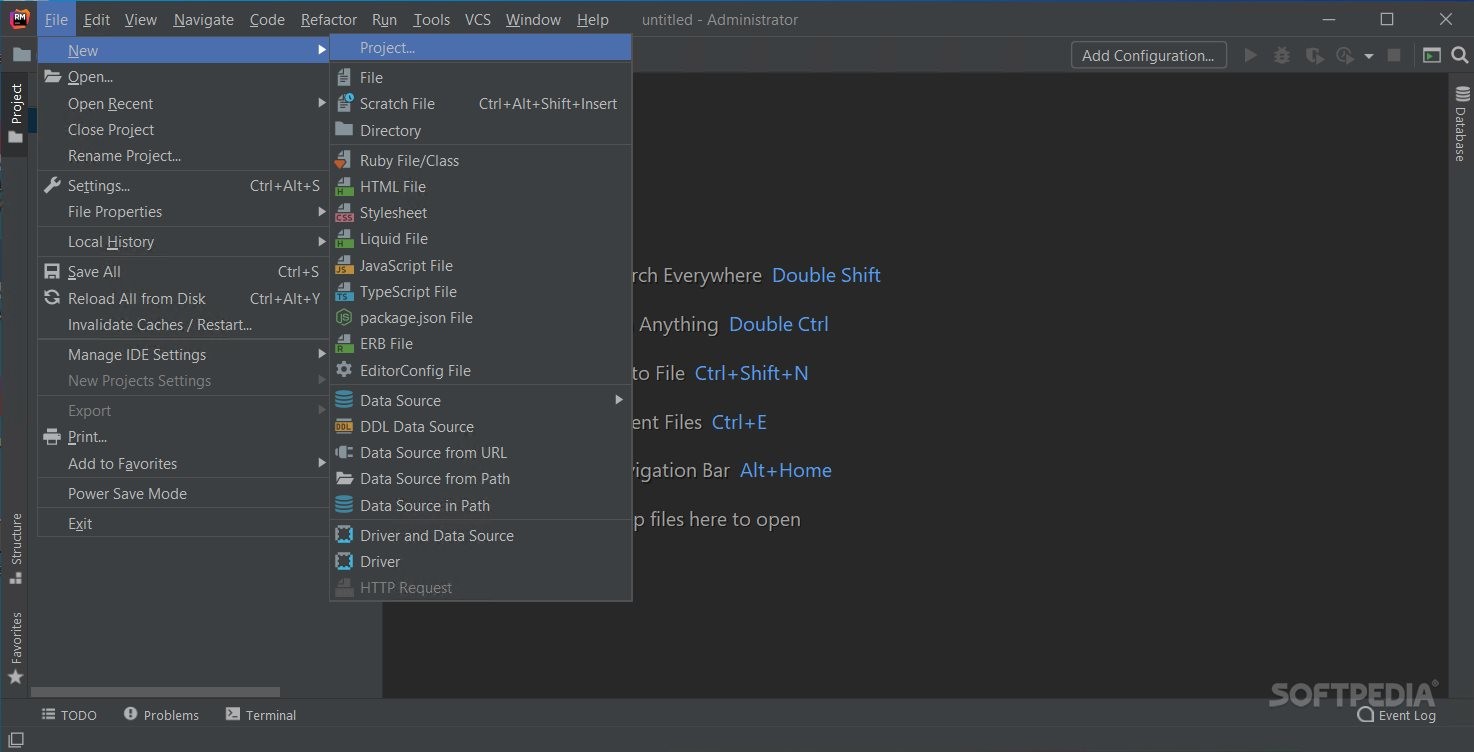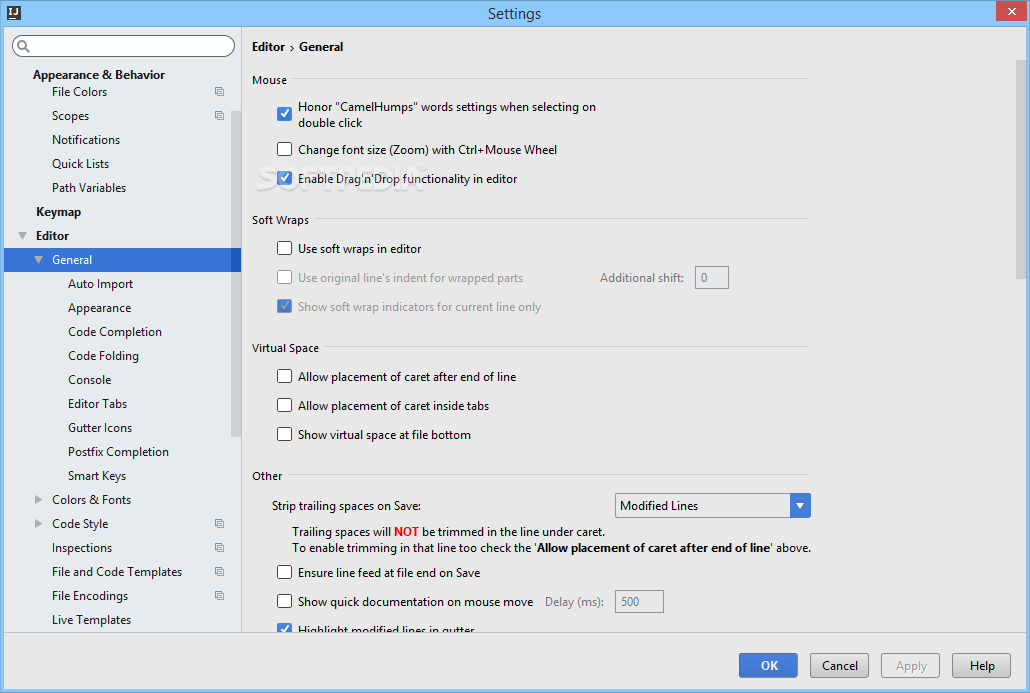

In the list of products and versions locate and open JetBrains Gateway.Ĭheck the prerequisites and connect to a remote server.ĭownload and run JetBrains Gateway from JetBrains site. Select the connection type and to connect to a remote server. In your local RubyMine, press Ctrl+Alt+S to open the IDE settings and select Plugins.įind the Remote Development Gateway on the Installed tab and make sure that the checkbox next to the plugin name is selected.įrom the RubyMine welcome screen, click Remote Development.Īlternatively, if you are inside your project, select File | Remote Development from the main menu. If you observe any malfunction, make sure the plugin is enabled. Here is the current state of Apple Silicon support in each JetBrains IDE: AppCode supports Apple Silicon starting with v2020.3. This plugin comes bundled in RubyMine by default. Most JetBrains IDEs now run natively on Apple Silicon. The Remote Development functionality in RubyMine relies on the Remote Development Gateway plugin. Open JetBrains Gateway from your local RubyMine You can install JetBrains Gateway as a separate launcher. You can use JetBrains Toolbox for the JetBrains Gateway installation that manages versions of RubyMine and your projects. You can use RubyMine since Remote Development Gateway is a plugin that is bundled by default.

You can leave a comment below or use our issue tracker for feature requests.There are several scenarios that can be used to install JetBrains Gateway. We hope that this has helped you understand how you can use Protobuf in your projects while working in IntelliJ IDEA.Īs always, we’d love to hear your feedback. Now, we’re all set and can build our project without any additional manual hassle. We also have a Java application with the following syntax: public class Application /target/generated-sources Option java_outer_classname = "AddressBookProtos" In the project, we have an address.proto file with the following syntax:

Let’s start with a sample Protobuf project that creates an address book. Let’s explore the possibilities of working with Protobuf in IntelliJ IDEA. Protobuf comes with a code generation tool that generates data access classes or structures in various programming languages based on the proto file. These files serve as a contract between the systems involved, ensuring data consistency and compatibility. The proto files specify the message types, fields, and their data types.

Protobuf uses a language called Protocol Buffer Language (proto) to define the structure of the data. Protobuf offers a compact binary representation of data, making it efficient for data storage, transmission over networks, or persistent storage. It is designed to efficiently and reliably serialize structured data to communicate between different systems and programming languages. Protobuf, short for Protocol Buffers, is a language-agnostic data serialization format developed by Google.


 0 kommentar(er)
0 kommentar(er)
